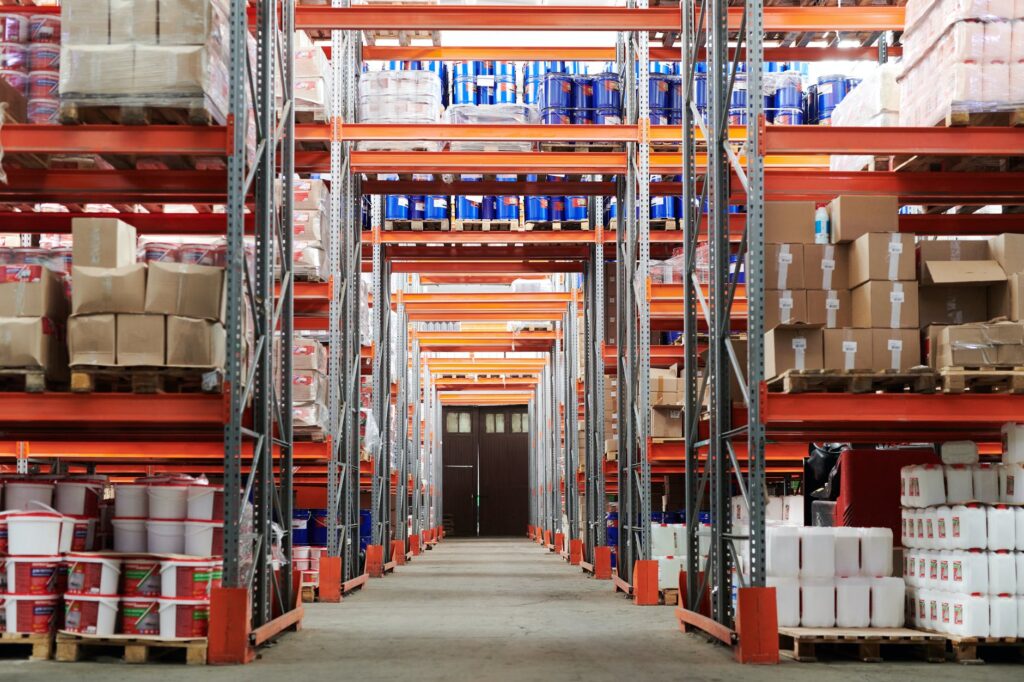Every company has different types of assets. These include, for example, equipment, facilities, machinery, premises, buildings, cash or means of transport. All these (and other) resources are divided into two groups: assets and liabilities. Read the article to the end to find out what assets and liabilities are.
Assets
Assets are tangible resources of a certain value controlled by a given company. They are created as a consequence of past events and are used to achieve future economic benefits. We can divide assets into two groups. The guideline is the period of use, called economic usefulness period, and the possibility of their sale. Therefore, we divide them into:
- current assets – their natural form is changed in a short period of time. Their purpose is to bring economic benefits in a short period of time (up to 1 year). Such assets are in constant motion. Assets pass through successive stages as a result of their activities. Examples: finished products, semi-finished products, trade goods, shares, stocks, securities, cash on bank accounts, trade receivables.
- Fixed assets – are characterized by high value and long useful life (more than 1 year). Such assets wear out and lose their economic usefulness gradually, while transferring their value to manufactured services or products. Examples: software, licenses, copyrights, fixed assets (also those under construction), real estate, long-term receivables under loans and leases.

What are assets and liabilities? – Liabilities
Liabilities are not about the amount and type of material resources owned, but about the sources of their financing and origin. For these reasons, we can divide them into two categories:
- own source of financing (equity) – property resources that have been put at the disposal of a given company by its owners. We can divide this group into three subgroups: basic capital, reserve capital and profit and loss.
- External source of financing (external capital) – we will include all liabilities: to suppliers of services and goods, banks in respect of loans and credits, employees, as well as taxes or social security.
The ratio of equity to outside capital allows you to determine who and to what extent is the actual owner of the company’s assets.

